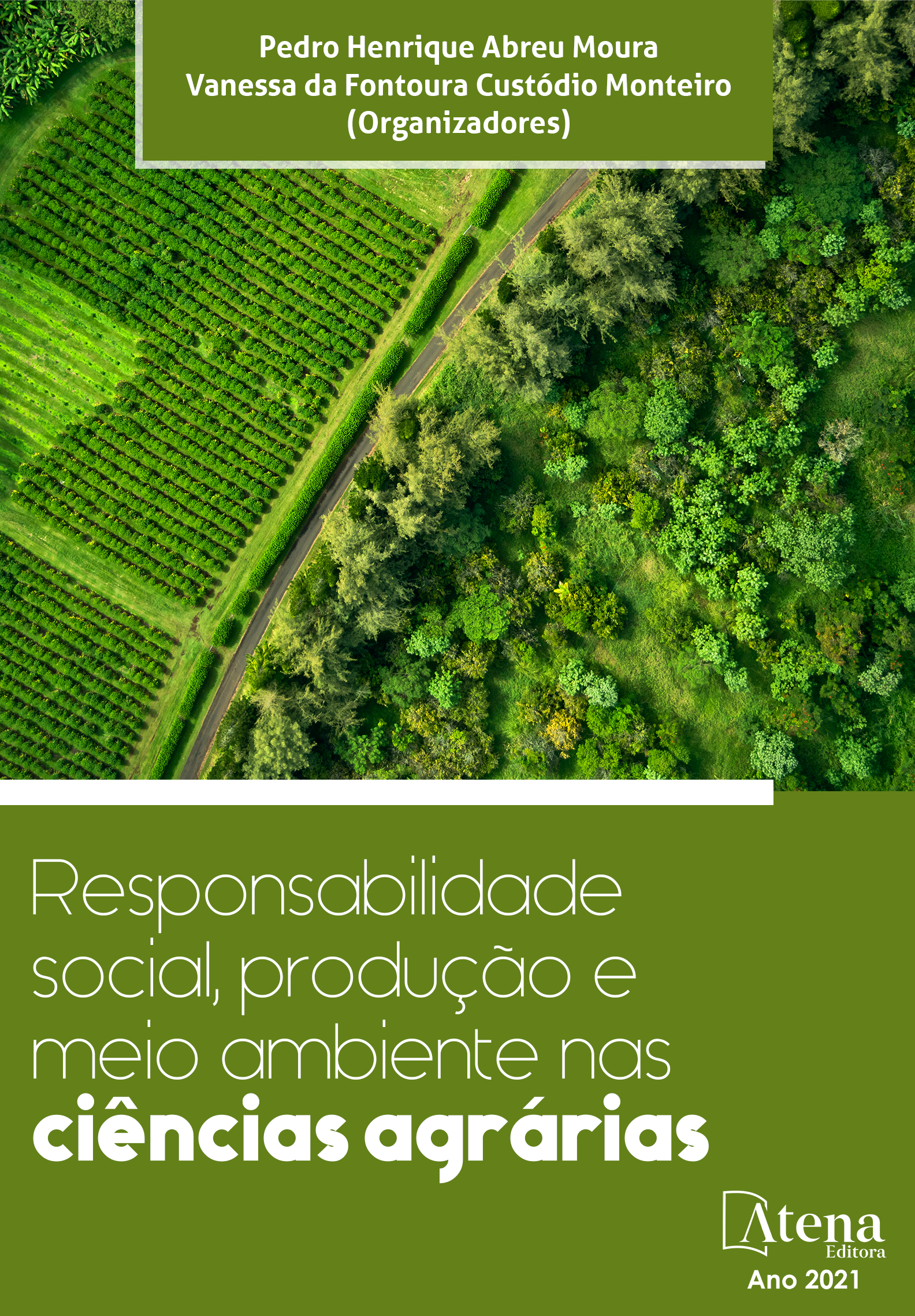
MÉTODOS DE CONTROLE FÍSICO E MECÂNICO-CULTURAL DE PRAGAS DE IMPORTÂNCIA AGRÍCOLA
No método físico o fogo é restrito, usado quando o controle químico é antieconômico. A drenagem é empregada em insetos aquáticos e a inundação, nos subterrâneos. A temperatura acima de 50oC ou a menos 5oC controla insetos, assim como, as radiações eletromagnéticas. No método mecânico a catação é usada quando são grandes e de fácil visualização. A exclusão evita o contato da praga com a planta. As barreiras impedem o acesso à planta. Já no método cultural a rotação é o plantio alternado, em anos sucessivos, de culturas não hospedeiras das mesmas pragas. A aração do solo esmaga os insetos, traz à superfície expondo-os aos raios solares ou aos predadores. As épocas de plantio e colheita desfavoráveis dessincroniza a fase suscetível da cultura com a ocorrência da praga. A destruição de restos cultuais impede a hospedagem das pragas. O pousio interrompe o cultivo de uma cultura por anos privando o local de alimentação. As cercas vivas servem como repelentes, plantas armadilhas, barreiras mecânicas ou limpadores de estiletes. A destruição de hospedeiras alternativas evitam a sobrevivência do inseto de um ano para outro e eliminam as fontes de inóculo. A poda retira galhos infestados e possibilita a insolação. A destruição de órgãos infestados diminui ataque das moscas-das-frutas. A densidade de plantio interferi na umidade e insolação, desfavorecendo algumas pragas. A capação interrompe o crescimento vegetativo, facilitando o escape dos ataques. O manejo da água interferi na atratividade e aceitação por parte de pragas. O manejo nutricional equilibra nutricionalmente a planta tornando-a mais resistente. Cultivos mais novos localizados na direção contrária do vento são menos colonizados. A consorciação utiliza uma grande variedade de plantas que dificulta a localização do hospedeiro. A cultura no limpo elimina as ervas daninhas que abriga pragas e no plantio direto não há preparo de solo, desfavorecendo-os.
MÉTODOS DE CONTROLE FÍSICO E MECÂNICO-CULTURAL DE PRAGAS DE IMPORTÂNCIA AGRÍCOLA
-
DOI: https://doi.org/10.22533/at.ed.07821120715
-
Palavras-chave: Controle alternativo, agroecologia, meio ambiente.
-
Keywords: Alternative control, agroecology, environment.
-
Abstract:
In the physical method fire is restricted, used when chemical control is uneconomical. Drainage is used on aquatic insects and flooding is used underground. Temperatures above 50oC or less than 5oC control insects as well as electromagnetic radiation. In the mechanical method, scavenging is used when they are large and easy to see. Exclusion prevents pest contact with the plant. Barriers prevent access to the plant. In the cultural method, rotation is the alternate planting, in successive years, of cultures that do not host the same pests. Plowing the soil crushes insects, brings them to the surface, exposing them to sunlight or predators. Unfavorable planting and harvesting times desynchronize the susceptible phase of the crop with the occurrence of the pest. The destruction of cult remains prevents the hosting of pests. The fallow stops the cultivation of a crop for years by depriving the place of food. Living fences serve as repellents, plant traps, mechanical barriers or stiletto cleaners. Destruction of alternative hosts prevents the insect from surviving from one year to the next and eliminates sources of inoculum. Pruning removes infested branches and allows for sunstroke. Destruction of infested organs reduces fruit fly attack. Planting density interferes with humidity and sunlight, disfavoring some pests. Capacitation stops vegetative growth, making it easier to escape attacks. Water management interferes with the attractiveness and acceptance by pests. Nutritional management nutritionally balances the plant making it more resistant. Younger crops located in the opposite direction of the wind are less colonized. Intercropping uses a wide variety of plants that make it difficult to locate the host. Cultivation in the clean eliminates the weeds that harbor pests and in direct planting there is no soil preparation, disfavoring them.
-
Número de páginas: 18
- Francisco Roberto de Azevedo


